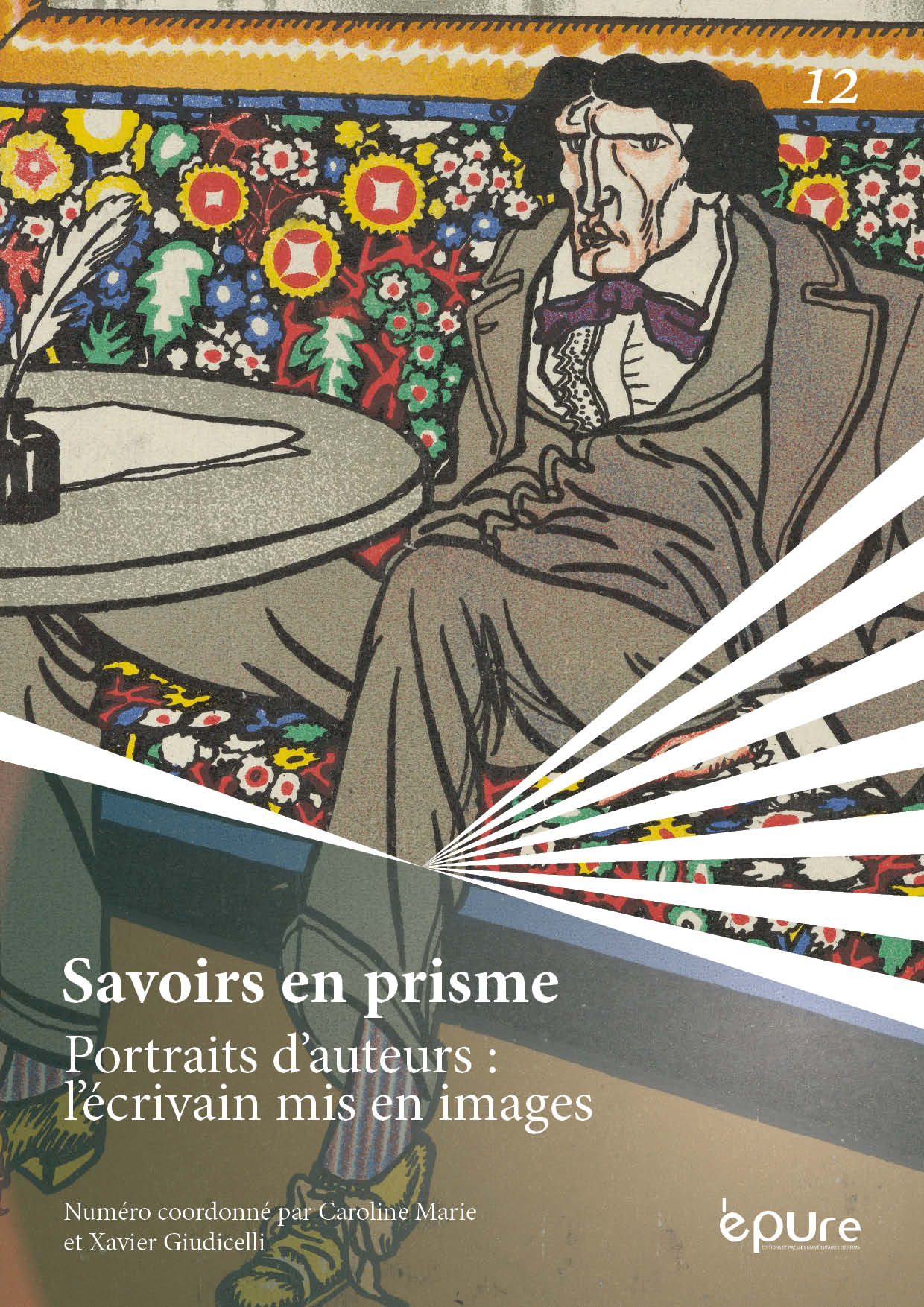Portraying Conrad in Africa in the graphic novel Kongo by Tom Tirabosco and Christian Perrissin
Resumen
Following the fashion for writers’ biopics, Kongo. Le Ténébreux Voyage de Józef Konrad Korzeniowski, by Tom Tirabosco and Christian Perrissin, deals with British author Joseph Conrad’s six months in the Congo as an employee of the Société Anonyme Belge pour le Commerce du Haut-Congo in 1890. Kongo is neither the first nor the only biographical piece of fiction dealing with Conrad who is generally referred to as a “novelist of the sea” and whose adventurous life offers material fit for all sorts of rewritings. This paper analyses how Tirabosco and Perrissin turn Conrad into a fictional character while relying on a number of historical sources. It points out that Kongo has its own agenda: it has something to tell us about Conrad, but also about the historical situation in which he found himself, i.e. the colonisation of the Congo by King Leopold II at the end of the nineteenth century. Dealing with an episode that contributed to his legend as a writer (our image of Conrad as a novelist would not be the same without Heart of Darkness), it underlines the porous boundaries between reality and fiction, therefore forcing us to bear in mind the historical reality behind the fiction. Kongo not only answers the contemporary period’s taste for writers’ biographies, it also enables the general public to discover or rediscover the historical facts hidden behind a fiction which, in the case of Heart of Darkness, is often read (at least in France) as a “metaphysical” quest.
Derechos de autor 2020 Savoirs en prisme

Esta obra está bajo licencia internacional Creative Commons Reconocimiento-NoComercial-CompartirIgual 4.0.


